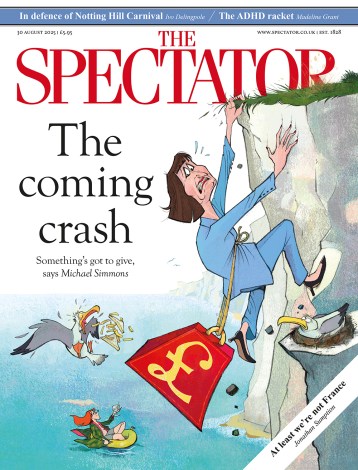The gringo’s progress
In his History of the Conquest of Mexico, Prescott described the bafflement of the Spanish arriving in a country where savagery and sweetness, blood sacrifice and delicate manners co-existed unsettlingly. In Mexico nothing was straightforward. Anita Desai is known, and acclaimed, for her novels about India. The sub- continent is her birthplace and literary territory. Setting her latest novel in Mexico, she writes with a visitor’s eye about a visitor, Eric, a nice, unmotivated post-graduate student at a loose end, who stumbles into a quest for his roots. For the quiet Bostonian, the shock of Mexico is visceral, overwhelming. Long-buried family links emerge: a Cornish grandfather who sought his fortune
